Originally published in The Gateway Issue No. 26 (October 2010)
"I was born in Burren on 8th September 1908, where my mother was Principal of the village school", wrote Brother Lawrence."My father worked in Lavelle's bakery, Main Street, Castlebar, and he used to cycle there and back to Burren daily. When my mother died, my father took a house, No. 5 Chapel Street, Castlebar, and so my father took us to town, and my grand¬father, Tom McGreevy, took over Burren school."
Lawrence Kelly's father was also called Lawrence and his mother was Catherine McGreevy. He had two brothers, Tomás and Aodh and two sisters, Dolly and Kitty. “The family environment was very musical and intensely patriotic", writes his brother, Tomás. "Father played the violin and Mother the piano. Young Lawrence was an outstanding singer, and his solo singing as a boy at Masses and concerts left a very memorable impression”.
The child does what he sees, and having gone to school to the Brothers in Castlebar, County Mayo, and having liked what he saw of them, young Kelly decided to join them. This is how he himself puts it: “The Head Brother in my young days was Brother Joseph Teehan and, as I used to spend a lot of my time in the Brothers’ garden and grounds, we became great friends. On the 28th August 1913 I was taken to school and, my English not being so good as I spoke mostly Irish at home, I was put in low infants. Our teacher was Brother Senanus who was a great favourite with all of us, a fine musician. He was replaced by Brother Francis when I graduated to high infants. I have also very happy memories of him.
During this time I met Brother Philemon and told him that I would like to become a Brother. Being a specialist on vocations he gave me all the facts and I decided to go. I left Castlebar on 24th June 1924 and set out for Castletown, Co Laois.
He spent one year, 1924-25, in the Juniorate in Castletown and entered the Novitiate the following year where he was given the name Brother Raphael. Later in life he reverted to his family name and became known as Brother Lawrence. On completion of his year’s novitiate he pronounced his First Vows and proceeded to Kilmacow Scholasticate where in 1928 he qualified for entry to De La Salle Training College. In 1930 he graduated as a qualified teacher. He was posted to a small town called Hospital, Co. Limerick, in 1930 and spent five happy years there.
Then in 1935 he received an obedience to go to South Africa, to East London, a harbour town on the South Coast.
During Brother Lawrence’s seventeen years in South Africa he filled the following positions:
De La Salle, East London …………. ……Jan.’36 - Dec.’37. Teaching.
St Joseph’s, King William’s Town …….... Jan ’38 - Dec.’39. Teaching,
St Anthony’s, East London ……………… Jan ’40 - Dec.’ 43. Teaching,
St Anthony’s, East London ……………… Jan ’44 - Dec.’46. Principal.
St Joseph’s, King William’s Town ……. Jan ’47 - Dec.’49. Director.
St Anthony’s, East London ……………… Jan ’50 - Dec.’53. Principal.
His arrival in South Africa was over¬shadowed a few days later by the tragic drowning of Brother Calixtus, as Brother Adrian Farrell explains:
"Brother Lawrence arrived in East London on December 21st 1935. On January 24th Br Lawrence, Br Calixtus and Father Erasme, O.M.I., went for a swim to a beach west of East London called Hickman’s River. While swimming Br Calixtus was washed out to sea and was drowned. His body was recovered shortly afterwards but all efforts to revive him were in vain. He was buried in the cemetery in East London.
"Brother Lawrence was transferred to King Williamstown on the 1st of April 1937 and taught there until 1939. On January 27th of that year the Parish school, St Anthony’s, was taken over by the Brothers. Br Boniface was Principal and Brother Lawrence was on the Staff.
"In 1944, he was made Principal and he held this post until 1954. During his time as Principal he was respon¬sible for the building of a new and modern St Anthony's. He was an excellent Principal and was very well liked by pupils and parents alike. He was an excellent coach both of soccer and cricket and won many cups and trophies during his stay in St Anthony’s. As a confrere he was always pleasant, chatty and always in good humour. He had a great sense of community and was noted for telling the most out¬landish yarns!"
"He was my Director in Kingwilliamstown in 1947", writes Brother Kilian Quinn. "He showed great organisational skill, refereeing soccer or umpiring cricket. He was an extraordinarily entertaining community man and an enchanting singer with a voice that could outshine the song-birds. He played a fine game of tennis and cricket."
Brother James Dinneen had been a companion of Brother Lawrence in formation and they soldiered together again in South Africa. "I have known Brother Lawrence almost all my life. He was a fine singer and an excellent game ball-player; he was also a good companion in any undertaking and in community. He could talk on any or all the people we both knew, and their idiosyncrasies and humorous ways and sayings. Brother Lawrence was also a serious religious Brother. I worked on his staff for some time in St Anthony's Primary School, East London. I always found him fair and just in all matters of school-work and conduct. He was never slack at Community prayers or exercises. He had a good sense of humour and he could make a joke and carry off a situation with aplomb. He was never bitter and always appreciated others. God rest his happy soul!"
Brother Lawrence was recalled to Ireland in 1954 and after a few months in Kildare he was posted to the Training College in Waterford. As well as teaching the trainee Brothers, he also taught geography and mathematics to the secondary pupils. Brother Gabriel White knew him when he was a young student in Waterford. “I can still see him out in front of the College mowing the lawns and clipping hedges. He was a good worker and took pride in his work. He always had a smile for and a chat with the young Brothers. He was popular with us all."
From South Africa, the next step was Hong Kong. "Brother Lawrence arrived in Hong Kong for the opening of the school year in September, 1958", writes Brother Peter Phelan. He was assigned to teach in St Joseph’s College. He was then 50 years old and this was his introduction to life in the Far East. He was teach¬ing mainly in Fourth Year Secondary classes.
He was a very competent and conscientious teacher and took great interest in his students. After a couple of weeks one of his non-Christian students approached him in private and said, 'Brother, please call me PETER'. It seems that Brother Lawrence’s pronunciation of the boy's full Chinese name was a source of embarrassment to some and amusement to others. It is to Brother Lawrence’s credit that he was very humane and kind in rectifying the matter, and ever afterwards he had a special regard for the embarrassed student.”
"When Brother Lawrence came into our lives in St Joseph's College, in the 60s", writes Brother Patrick Tierney, "he appeared like a genial genie. Puckish and spritely, belying his age, he glided around the school community dispensing his own inimitable form of benedict¬ions. He held his classes in thrall and well we knew how. For many a time he held us Brothers under his spell too, as he wove and spun yarns galore. Daredevil exploits, hair-raising stories and exotic constructions were his raw material. When some of us sought sometimes to separate fact from fiction, we were left so entranced at Lawrence’s astute sidestepping that we ended up either laughing or dumbfounded. Lawrence was a character and as such he was an adornment in Community, often lightening a dull day with a touch of humour and a twinkle in the eye.”
"Once settled in", writes Brother Meldan Treanor, "we found him to be a very happy addition to the Community and he was a very popular Brother with one and all. He wasn’t too happy at first in the higher classes so Brother Brendan Dunne, Director and Headmaster, gave him a lower class where he was a great success and very well liked by the pupils and the parents.
I say Brother Lawrence was a very happy addition to the Community as he was always in good humour and had a fund of stories, jokes and incidents, some true, some probably true, but most in the realm of the purest fiction. One for instance was about how he drove a tank from Capetown to Cairo, the time the allied armies there were in dire straits. When asked how he managed to cross the big rivers he said they were all dried up, as it hadn’t rained for months! Another yarn was that mosquitoes never bit him and he never used a mosquito net over his bed in Hong Kong. The little lizards on the wall always came to his help when mosquitoes were about to attack him and gobbled them up! This was told in Castletown during his retirement there. No Brother used a mosquito net in Hong Kong! Everyone learnt to accept these stories without contradiction for to contradict him was to spoil the fun and maybe curtail future stories re¬quiring a greater degree of pretended acceptance.
Before he left Hong Kong he organised a farewell outing for his class in St Joseph’s and I was invited to the picnic in the lovely village of Shatin in the New Territories. He and I led the boys across the Kowloon range of mountains and down the northern slopes to Shatin, a most pleasant walk on a cool, windy and sunny day. When we arrived in the village we found that many of the parents had also arrived there by car, bus and train! A real gathering of the clans! Even some Grannies made the journey. Lawrence did not arrange this for he was as much surprised as I was and delighted that the boys themselves had arranged it. I took a different route near the end to see some plants I admired and when I arrived in the village there was Lawrence in the midst of a group of happy parents with a good tumbler of scotch in his hand! This is an example of how the boys liked Lawrence and of how the parents were so pleased to see him, thank him and bid him farewell."
In the New Year of 1965 Brother Lawrence was transferred to Sabah, Malaysia. Brother Peter Phelan writes: "He began as a teacher in La Salle Secondary School, Kota Kinabalu, in January, 1965. Later that year, in Sept-ember, he was appointed Principal of Sacred Heart Primary School, This did not involve a change of community but now he had to commute a few miles to school each day. Again he showed great dedication in this post. He read widely and was particularly well-versed in all forms of sports."
"He was a good community man", writes Brother Charles O’ Leary, "always willing to lend a hand and to liven up the conver¬sation whether at meals or when we sat down for a game of bridge or some social occasion. He was noted for his ‘tall stories’ and everybody enjoyed them and looked forward to what might be his next concoction. He told these stories with such verve that he himself seemed to believe in every word of them. Once he told of how he played golf in the snow on Kilimanjaro and when some sceptic asked how he could see the ball, he quickly replied without batting an eyelid, ‘I used a black golf ball, of course'. You could never catch him out or embarrass him as he told those stories, so quick and imaginative was he.
Tall stories aside, Brother Lawrence had another side to him. He was a good teacher and administrator and he was much loved by the teachers and pupils of the Primary School. He had a way with young children and, no doubt, his gift at story-telling was part of his success with them. He could come down to their level and go on picnics and outings with them.
Rarely did he miss morning Mass or a chapel exercise. He could be happy alone, reading a book, and yet, on social occasions, such as a feast day, he could be most entertaining. On a few rare occasions, he would dress up and give a rendering of the 'Zulu Warrior' in highly dramatic fashion. His stay in Sabah was short but long enough for him to make an impact on the people he served."
One of his former students, Mr John Tham Kun Hin, pays him this special tribute: "The one single person who had the greatest impact upon my life as a youth was Brother Lawrence who was my principal in Sacred Heart for the year 1965 and 1966 as well as my maths teacher.
I completed my primary Chinese education in 1963 and was admitted into Sacred Heart in 1964. In the Chinese School I was branded as naughty, mischievous and a trouble-maker. I had very poor self-esteem. In Sacred Heart, Brother Lawrence saw the beauty in me. He was most kind and under¬standing. He restored to me my sense of self-worth. He made me feel important and lovable. He gave me responsib¬ilities and he helped me to discover my talents. Brother Lawrence was like a real father to me. His arithmetic lessons were interesting and stimulating. I loved and adored him as my principal, my teacher and above all my educator. To a large extent he is responsible for what I am today."
"In the latter part of 1967", says Brother Peter, "he suffered from angina pectoris. It was decided that a return to Hong Kong would be good for him; better medical attention would be available and it would not be necessary to commute to school."
"Brother Lawrence returned to Hong Kong from Borneo where he had suffered a mild heart attack", writes Brother James Dooley. "But he was not a man to rest for long and soon he was Form Master of a Third Year class, a class made up mainly of overseas students whose parents were on tours of duty in Hong Kong. The boys whose studies were often disrupted could sometimes be difficult to manage, but not for Brother Lawrence. He had great class control, taught his well- prepared lessons with zest and spirit and held his students spellbound when, on a weary Friday evening, he relaxed a bit and devoted the last period to story-telling.
His next assignment was as Principal of St Joseph’s Primary School. His concern for his pupils, his appreciation of the staff and his ways with parents all contributed to the good name the school enjoyed locally. He had to step down as Principal in June 1971 because of failing health and he was replaced by Brother Gilbert Perrier. In July he was strong enough to go on home leave and he sailed away in a hail of glory buoyed up by the excellent results in St Joseph’s Primary School, a lovely parting gift.
I cannot recall ever having seen Brother Lawrence angry or in a bad mood. He was a most cheerful, helpful and supportive community member. He was actively loyal and intensely proud of the Institute, school and community. He was a successful teacher, and a man of strong relig¬ious convictions. He attained the 'eighty for those who are strong’ - long years well spent in the service of God and of youth.
His favourite China-based story dealt with the time the Red Guards shanghaied him during the Cultural Revolution. It was his Irish passport and his earlier invol¬vement in the Irish People’s struggle against Imperialist running dogs that saved his life!" And then they rolled out the green carpet…
"When he reached retirement age", continues Brother Meldan, "he thought he could settle down in St Joseph’s doing odd jobs around the place, one of which was making and repairing rosaries. Soon, however, he tired of generally inactive life and could spend hours leaning out of the window of his room, five or six stories up, looking down over the harbour to far-off Kowloon City and down Kennedy Road to the area where the primary school was situated. The desire to return home became more intense as this type of existence could not go on forever. We were all sad when he packed his bags and returned to Ireland."
"My fifteen years in the Far East were very happy and I was very sorry to leave, when, having reached retiring age, I decided to return to Ireland in 1973", he wrote. A few days before his departure he gave an interview to some of his former students in St Joseph’s. His parting advice was: “Be loyal to your family, your school, your country, your friends. But most of all, be loyal to your religion. That’s one of the anchors of your life.” He admitted he very much regretted leaving Hong Kong. “But I want to spend the twilight of my life among my own people.”
He was first assigned to the Irish speaking school at Ballyvourney, Co Cork before being transferred to Raheny, Dublin, in 1974.
"He wasn’t here long enough to make any history", writes Brother Canice Kearney, "but, if always being in good form, showing a ready smile and being ever helpful mean anything, well then, I consider he was super. I found him a wonderful community-man and I will never forget his kindness. He told tall tales by the score but we all knew that he knew we were not being fooled. He loved to be called on to supervise classes for absent teachers and the lads drank in and swallowed all his stories to the last letter. Many a lad asked me if it was really true that Br Lawrence had driven a tank from the Cape to Cairo during the war!
Yes, he was a prayerful man too, who carried out without ostentation all his religious exercises conscient¬iously. He was very much missed both in school and in Community when he was transferred to Ballaghaderreen."
In 1975 Brother Lawrence, who had laboured in so many far-flung places, found himself in retirement in his native West of Ireland.
Mrs Rosemary Gallagher, Principal of the Boys' Primary School, Ballaghaderreen, writes: "In my memory he was always there, and we seemed to be working together in extra-curricular activities with the boys. He supervised in the yard for the eleven o'clock break and at lunch time. He in-spired unremitting affection in the boys and indeed even now I often think of him as I stand in the yard where he observed their games, and arbit¬rated in their altercations. For me Brother Lawrence fitted no narrow slot of what I imagined a 'Brother should be. He loved his prayers, his garden, the boys, his visits to the family farm, being useful and seeing the fruit of his labours, be it boys playing happily after a row he had settled or producing a basket of garden fresh vegetables for his many friends."
Brothers who attended the De La Salle pilgrimages to Knock in the early 1980s will recall how the various centres were ranked in the procession according to the alphabet. 'Balla’ led the way with its school band; but leading 'Balla', in robe and mantle, was Lawrence, a picture of dignity and devotion.
"I had the pleasure of living with Brother Lawrence for one year in Ballaghaderreen", writes Brother Dermot McLoughlin, and during that short time I found him to be a man of many parts. Essentially he was a truly religious man and he took his spiritual exercises seriously especially when he was on his own, as he was for most of the day, being retired. He was a simple-minded man who delighted in cowboy stories, especially on T.V., and he had no time for programmes which portrayed any form of loose morality.”
"I lived with Brother Lawrence for a year, the last year the Brothers were in Ballaghaderreen", writes Brother Ferdinand Lynch. He loved the simple things of life and his lively imagination often enlarged them into enthralling and en¬trancing experiences. Zane Grey was one of his favourite authors, but any book dealing with the Wild West was welcome, and he whiled away many a happy hour among the cowboys, rustlers or Indians.
He kept in close touch with his family and their mutual visits afforded him much pleasure and was often the topic of his conversation. He was interested not only in their temporal welfare but also in the quality of their lives and their faithfulness to all their religious duties. He was proud and happy to belong to a close-knit family”.
"Brother Lawrence retired to Castletown in August 1985", continues Brother Meldan Treanor. "I had arrived there on June 29th and was feeling a bit down and out and lonely. Lawrence’s arrival cheered me up to no end and we continued to be good friends till he died. He was always in good humour and full of jokes and stories of different kinds - ones I had not heard in Hong Kong. On one occasion he sang the ZULU WARRIOR and that was the last occasion. This had been his favourite song in Hong Kong and when there was occasion for any comm¬unity celebration there was a loud demand for the ZULU WARRIOR.”
"I have nothing but the happiest memories of him", writes Brother Albert Tierney. "He was an ideal community man. He had a marvellous sense of humour, narrating numerous anecdotes which at times could reach epic proportions. Far¬fetched though some of the stories might be, they brightened up the atmosphere at get-togethers, at meals or round the fire of a winter’s night.
He was always in good form even when his health came against him in the latter years. He appreciated the smallest favour, whether it was taking time off to visit him in his room, or even such a simple thing as giving him his favourite bar of chocolate. You felt good after visiting him; he could never let you go without cracking a joke or relating a funny incident. Even though he was childlike and gentle in his manner, when it came to certain principles which he cherished or considered important, he would display a lot of courage in arguing and upholding his viewpoint.
He prayed a lot without making any display. Sticking to what is of faith he was, one could say, a faithful ad¬herent of the ‘old’ religion. He was most faithful to his daily religious exercises, but you would often find him also in the prayer room, deep in his personal prayer, whether it was saying the Rosary or making the Stations of the Cross. He had a great devotion to the latter.
He had a great devotion to the Mass and it was a sad day for him when, due to the deterioration of his health, he couldn't make the parish Mass. Once he realised he couldn’t attend Mass, then, even though he loved the Holy Family Community, he asked to be changed to Miguel House, where Mass would be available daily for whatever time the Lord had still left for him."
"I visited Brother Lawrence many times in Miguel House", says Brother Meldan, "but when he grew weaker and older and en¬tered more into himself, he did not like long visits or too much talk. He wanted to be left alone and he prayed a lot and spent long visits in the Oratory. Despite all his disabilities, towards the end he was generally happy, content, full of faith and never gave way to depression. He was a good and faithful Brother and did good work in Ireland, South Africa, Hong Kong and Borneo."

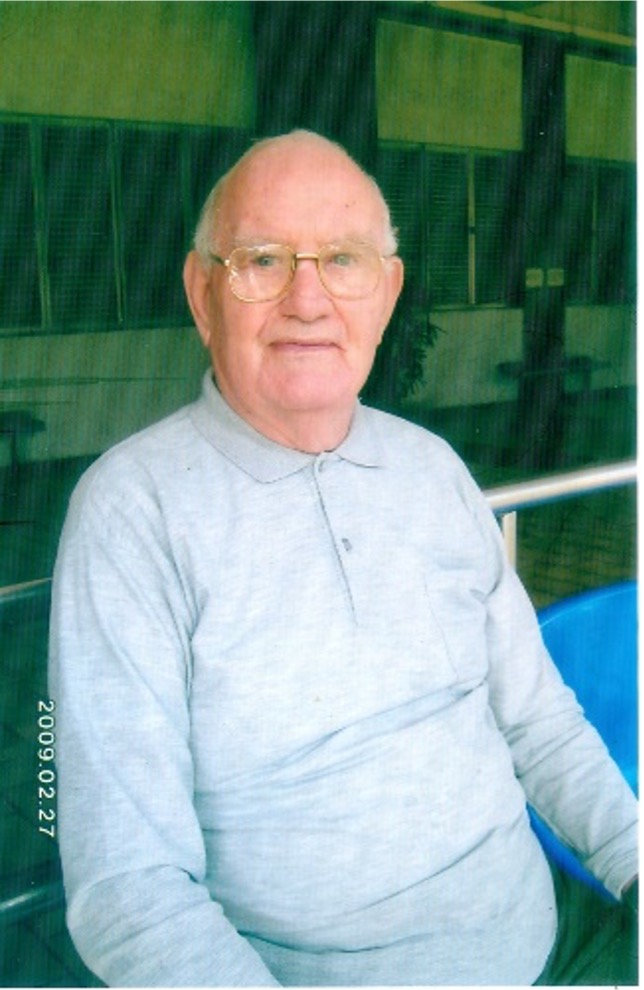
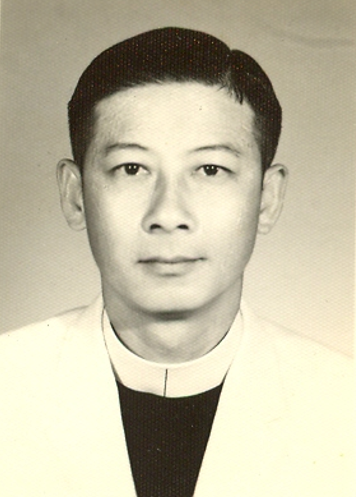
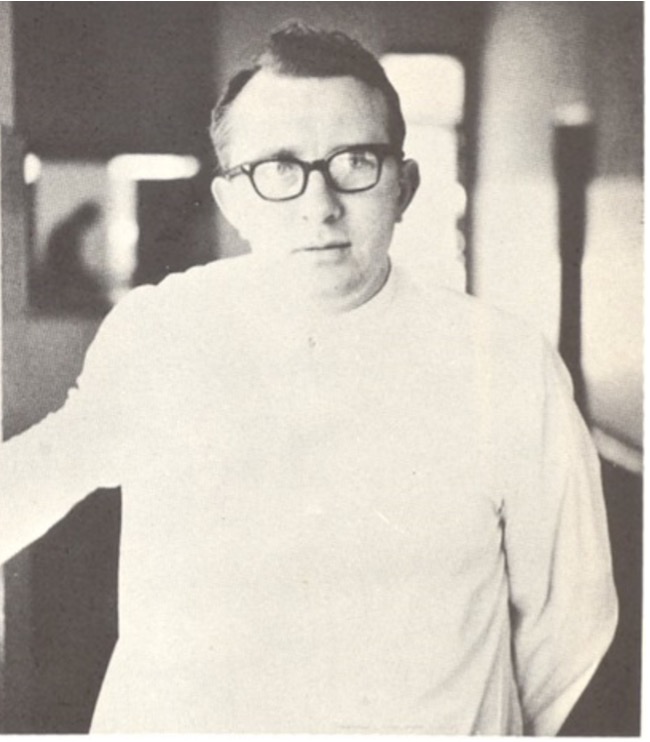
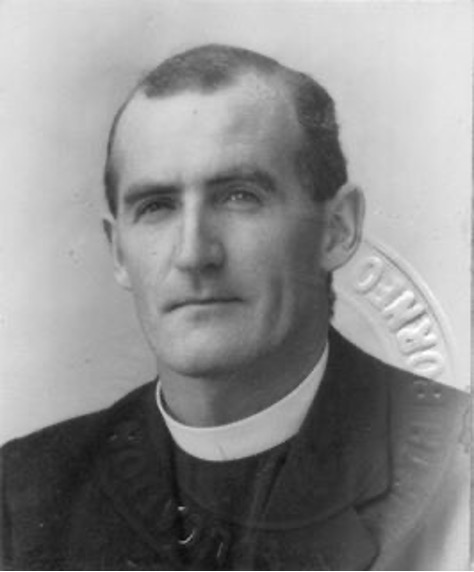
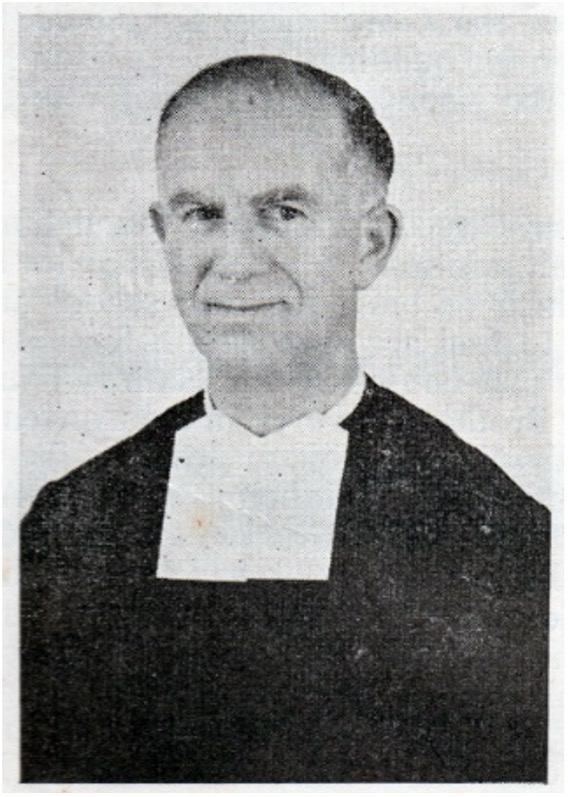
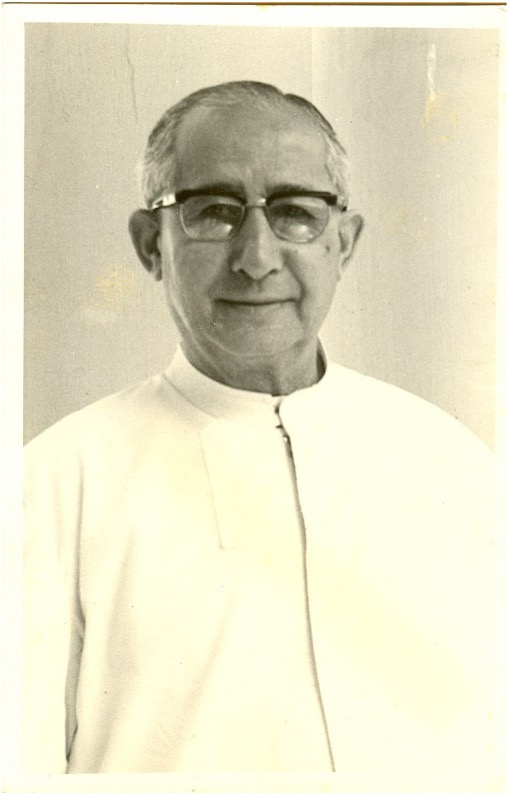
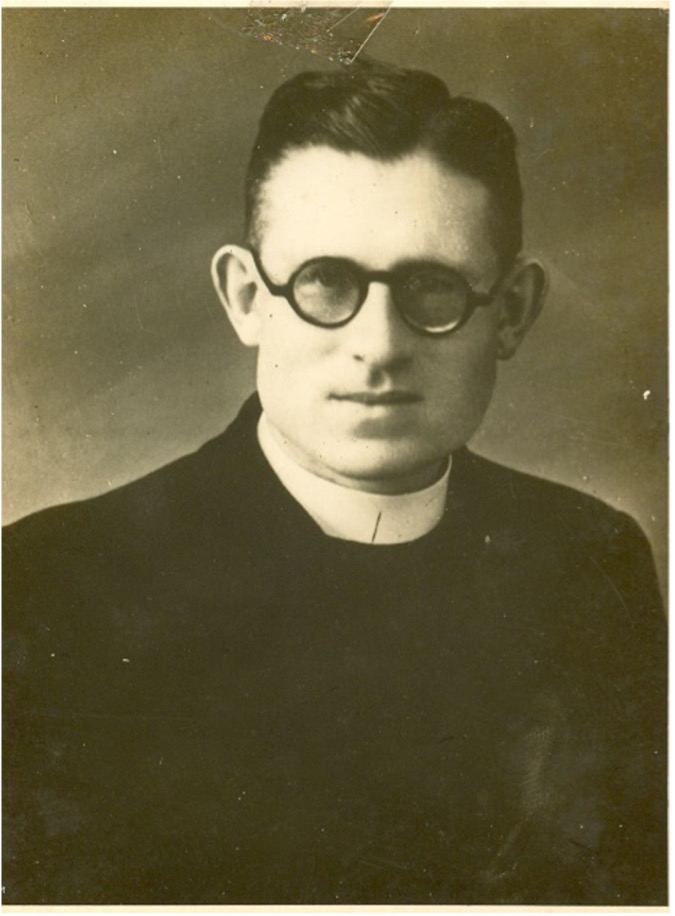
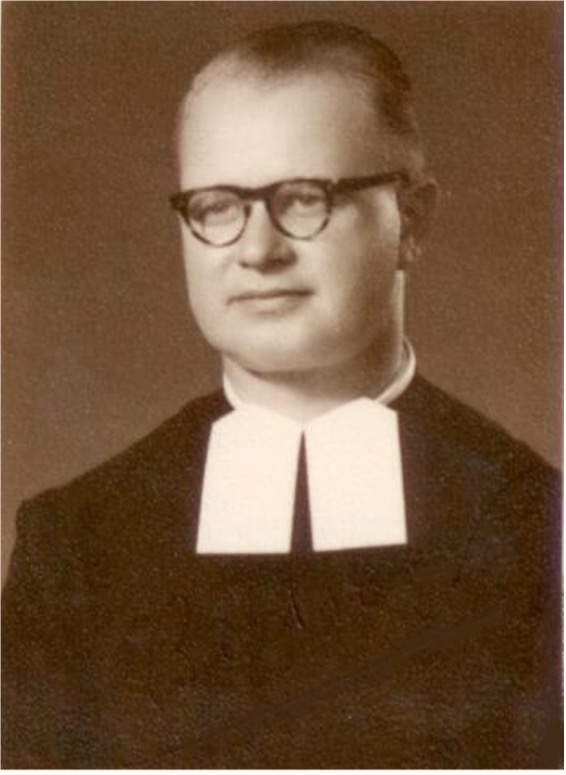
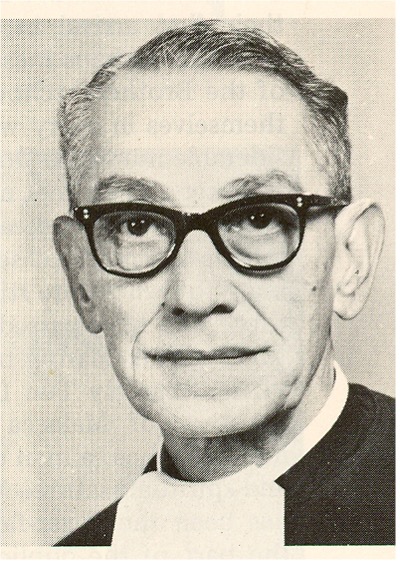
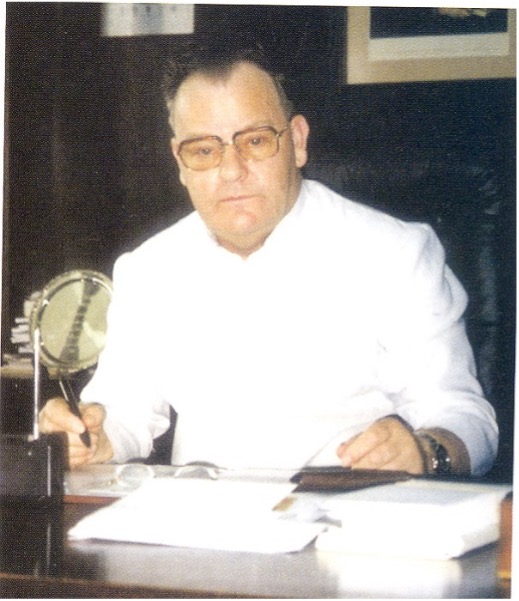
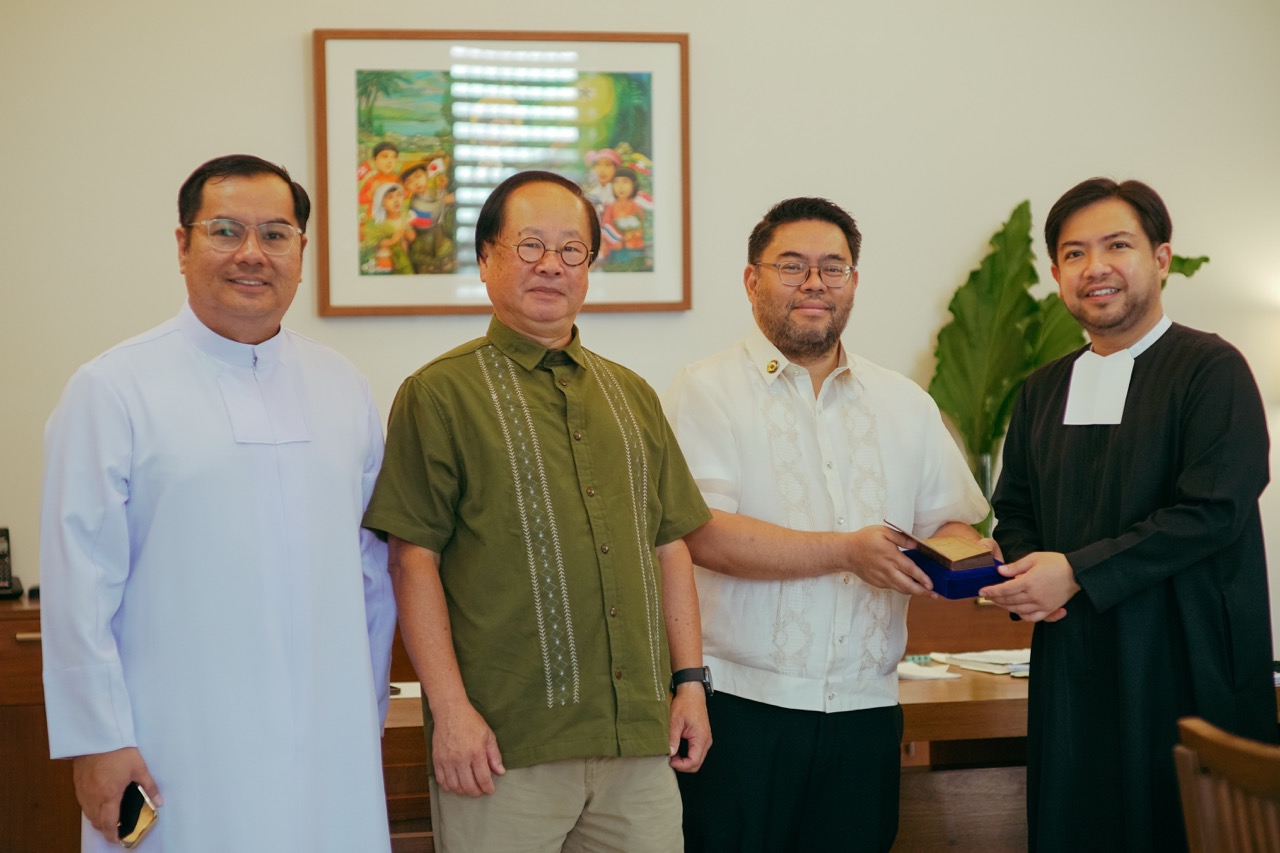
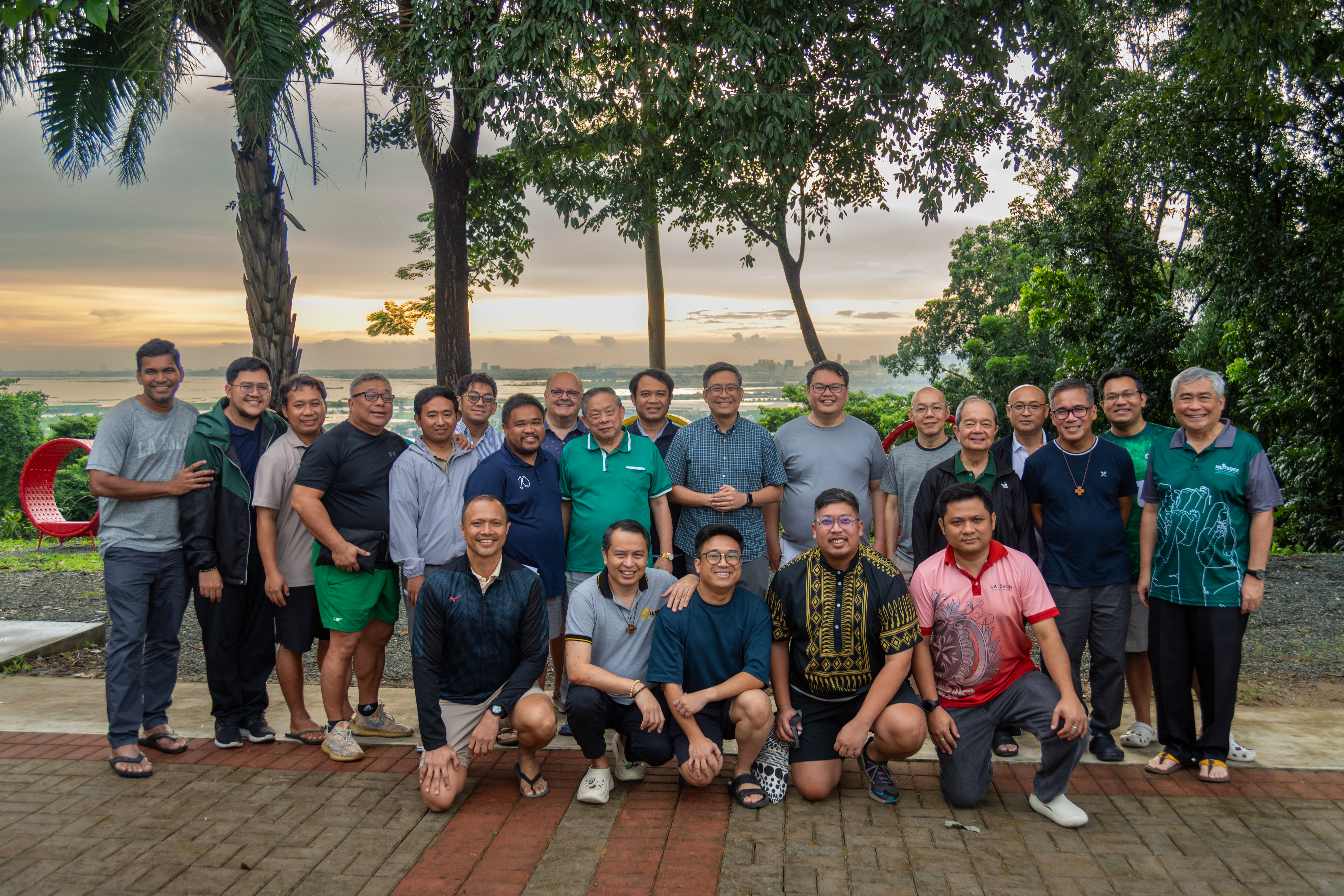
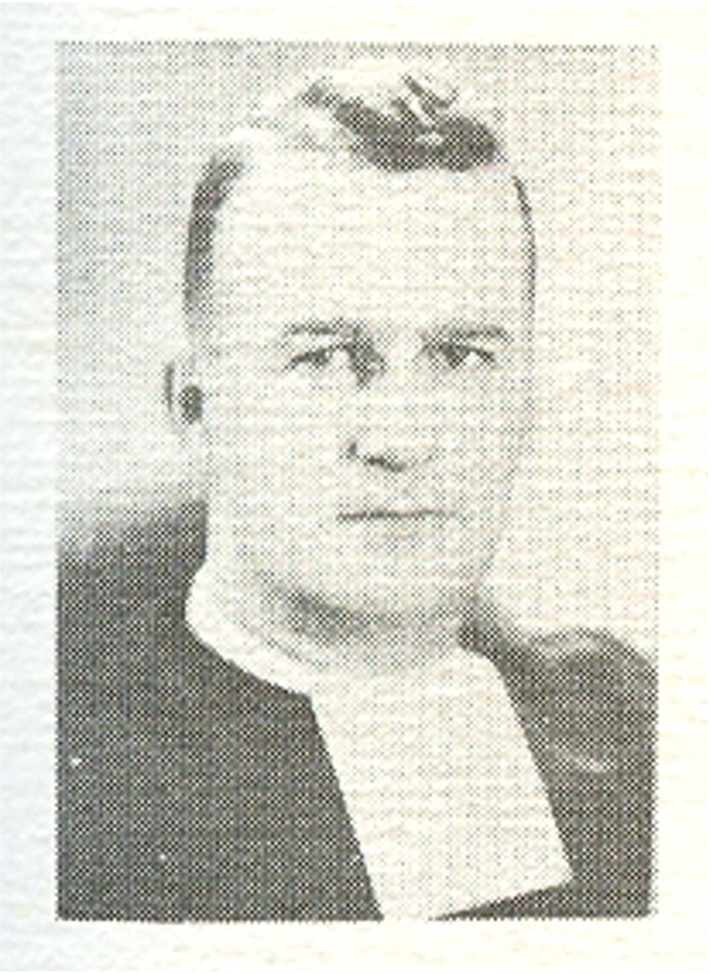
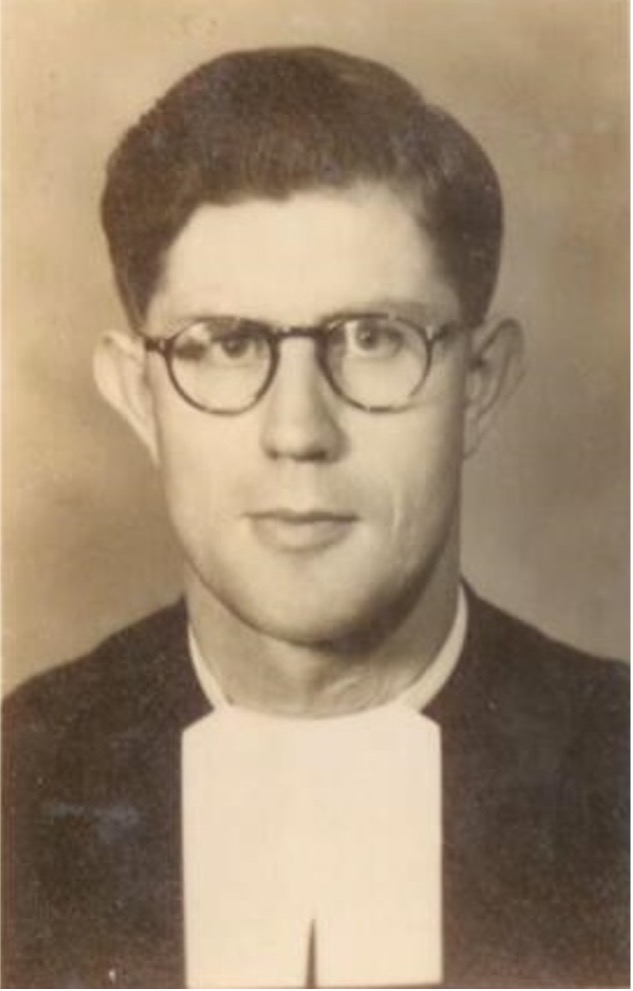
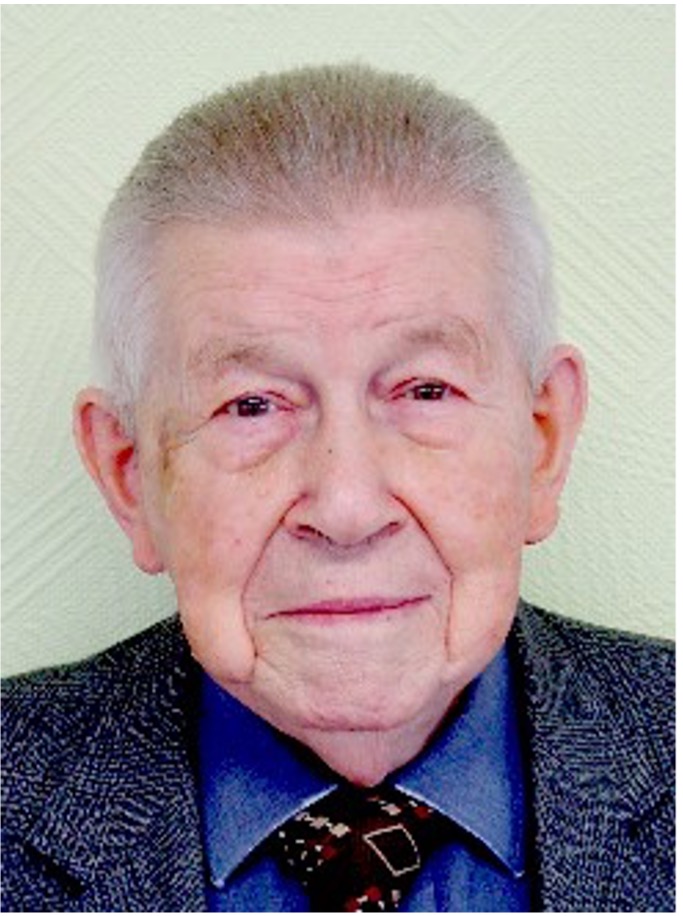
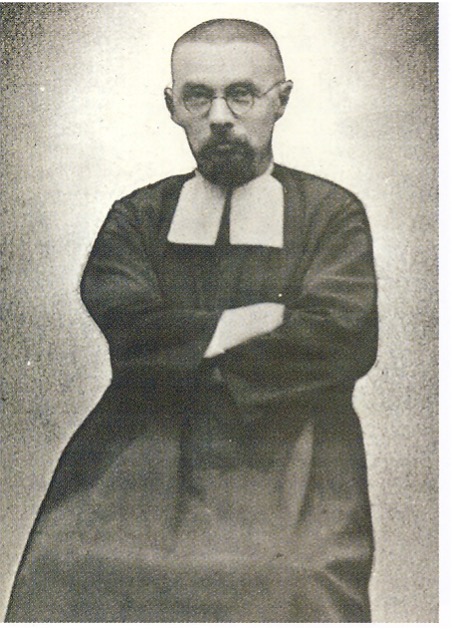
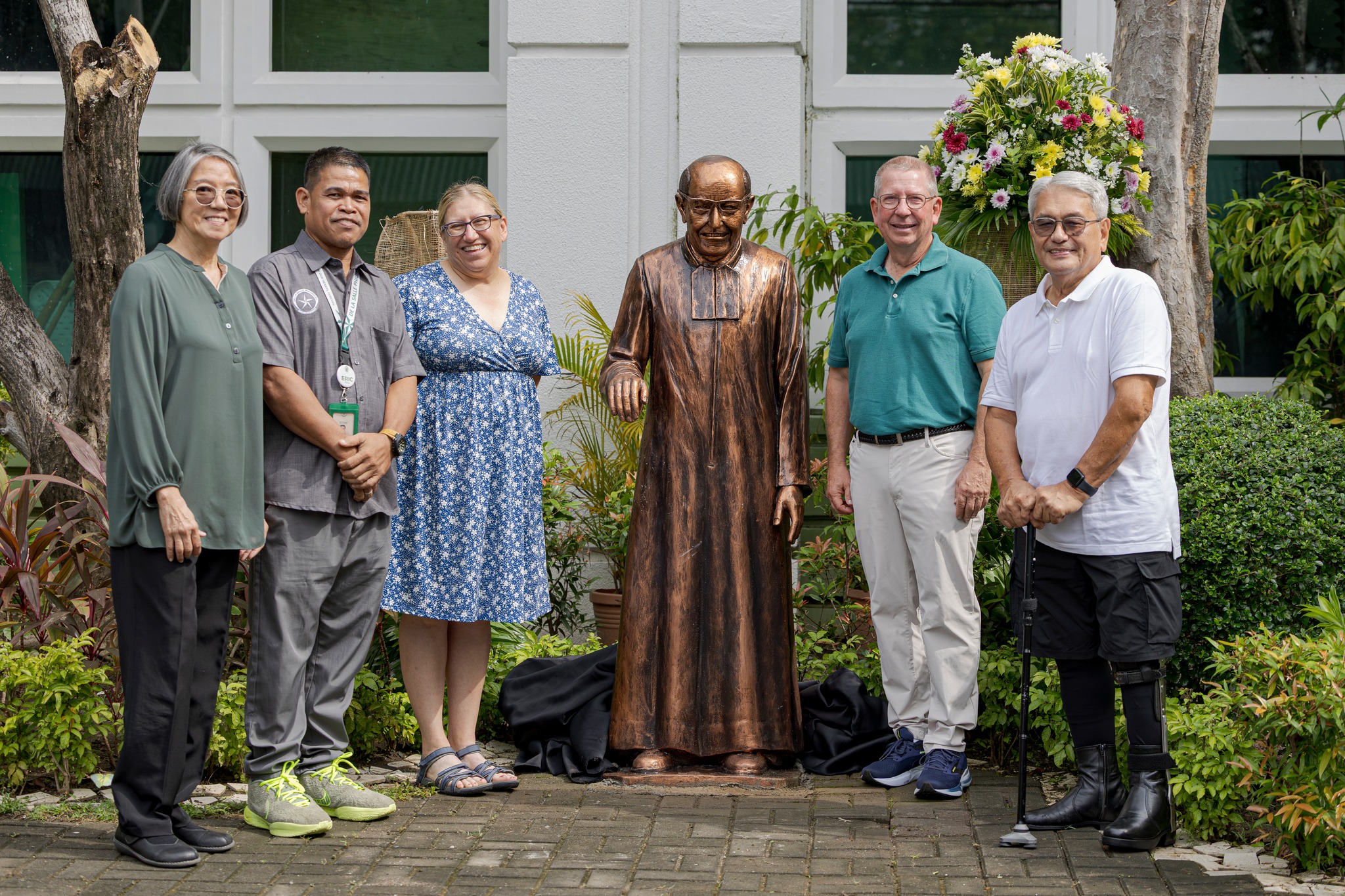
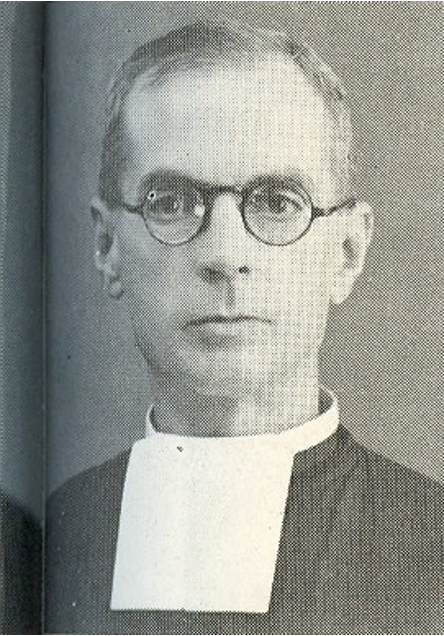
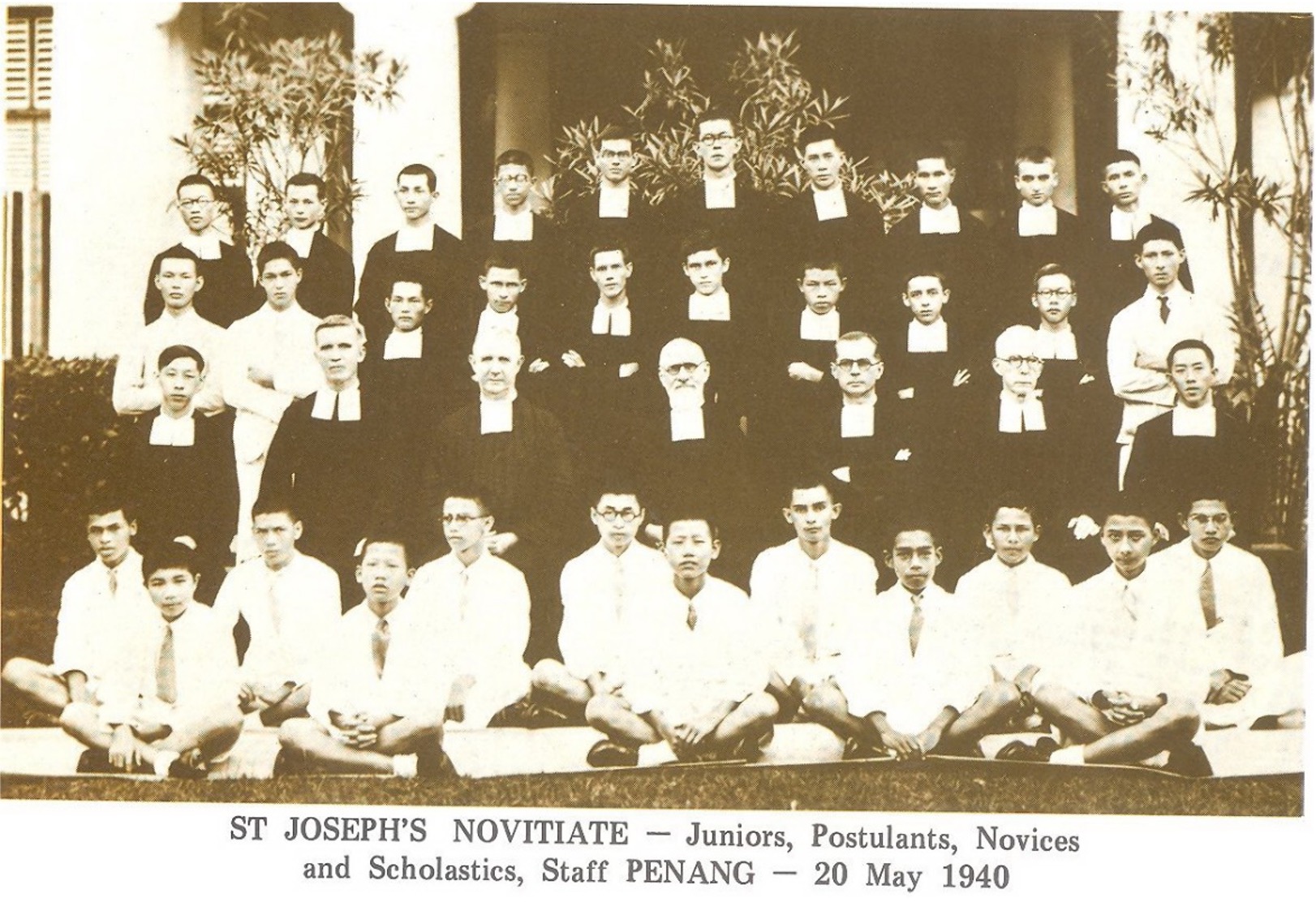
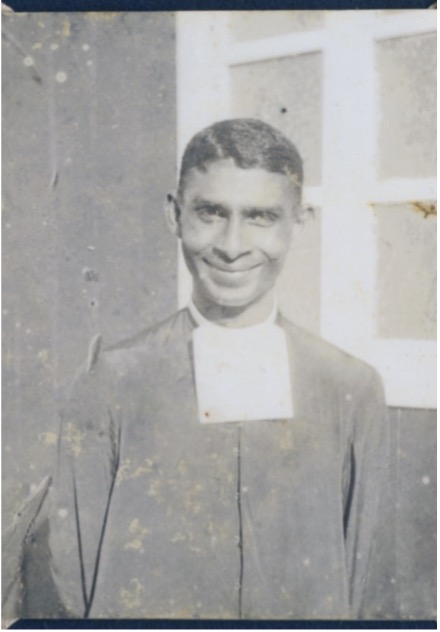











 Brother Hidulphe was the first Director/Principal of St. Joseph’s College, Hong Kong, from November 1875 to 1879. He had already experienced a taste of the East and had helped with organizing schools in Agra, India, and in Colombo, Sri Lanka.
Brother Hidulphe was the first Director/Principal of St. Joseph’s College, Hong Kong, from November 1875 to 1879. He had already experienced a taste of the East and had helped with organizing schools in Agra, India, and in Colombo, Sri Lanka. Before long, the Bishop got another shock for Brother Hidulphe told him that they could not take Chinese pupils unless more space was provided. Until then they would be taking pupils of mainly Portuguese descent.
Before long, the Bishop got another shock for Brother Hidulphe told him that they could not take Chinese pupils unless more space was provided. Until then they would be taking pupils of mainly Portuguese descent. On the18th February 1880 he arrived in Hong Kong to replace Brother Hidulphe, Director of St. Joseph’s College, who had fallen sick and departed for France. Brother Cyprian was to be Director of St Joseph’s for four years.
On the18th February 1880 he arrived in Hong Kong to replace Brother Hidulphe, Director of St. Joseph’s College, who had fallen sick and departed for France. Brother Cyprian was to be Director of St Joseph’s for four years. 
 reserved for foreigners. In those days it was near the harbour. Later it was moved to a location up the hill, near Futatabi Park 再度公园. The local Catholic religious, laypersons and schoolchildren accompanied the funeral procession. Father Chatron was convinced a Saint had been buried on Japanese soil.
reserved for foreigners. In those days it was near the harbour. Later it was moved to a location up the hill, near Futatabi Park 再度公园. The local Catholic religious, laypersons and schoolchildren accompanied the funeral procession. Father Chatron was convinced a Saint had been buried on Japanese soil.



















 ,
,  ,
,  ,
,  ,
, 








